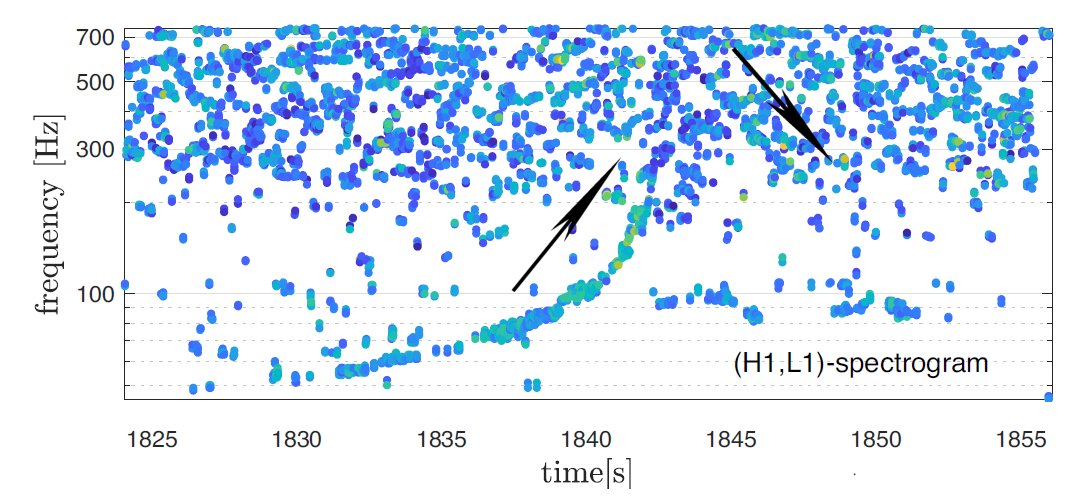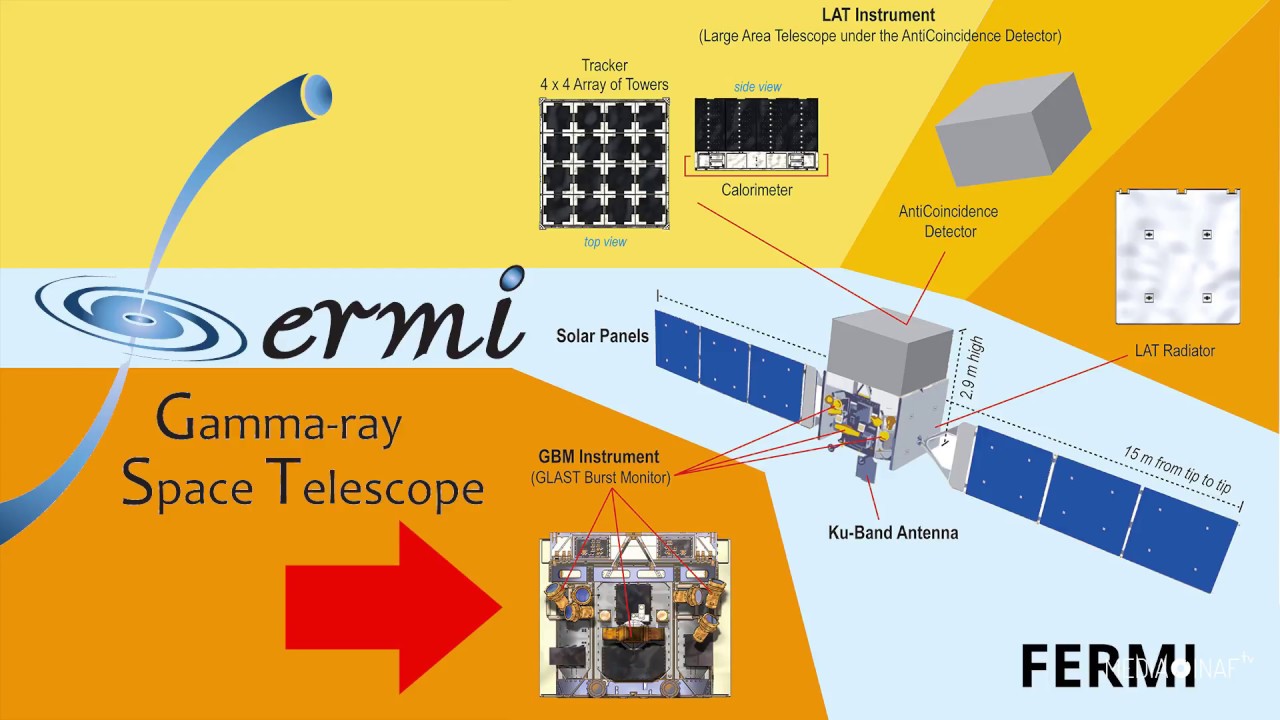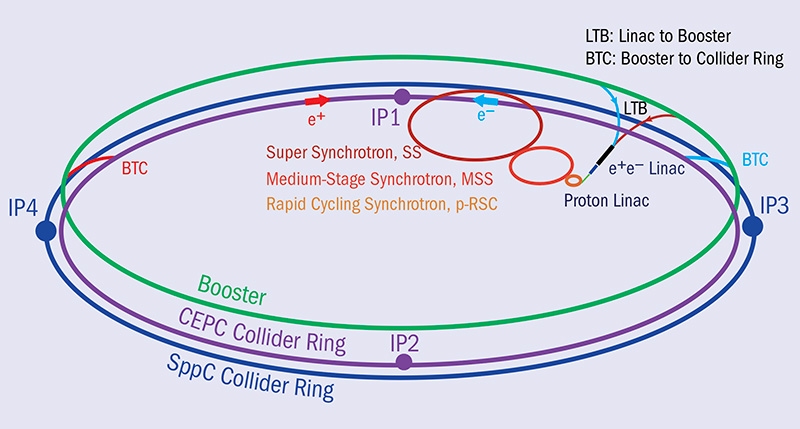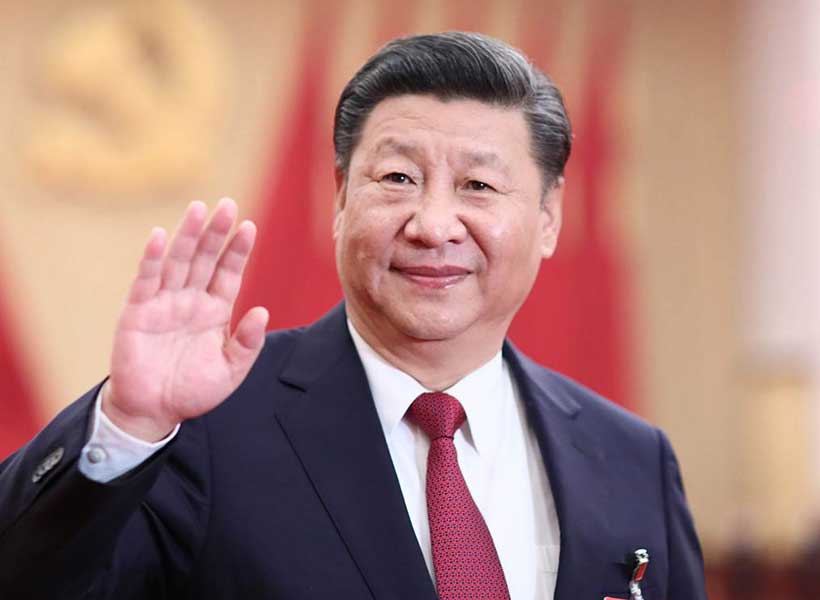Back on August the 17th of last year, 2017, the LIGO and Virgo gravity wave observatories not only succeeded in detecting an enormously powerful astronomical event but for the first time they were able to locate the position of the event in Earth’s sky so that other instruments, optical and radio telescopes could observe it as well. I talked about this combination of observations in my post of 22 October 2017 entitled “The Gravity Waves of 17Aug17 become the most Thoroughly Studied Astronomical Event Ever!”
Since then astronomers and astrophysicists have had a year to try and make sense of their observations and a new paper by Maurice van Putten of Sejong University in South Korea and Massimo Della Valle of Inst. Astrofisica de Andalucia in Grenada Spain has provided an almost milli-second by milli-second account of what happened. The event, which had been given the designation GW170817 (for Gravity Wave of 17 August 2017) was first detected by the gravity wave observatories as a powerful ‘chirp’ of ascending frequency as shown in the graph below.

Later examination of the data found the ascending note, beneath and to the right of the upward pointing arrow, was immediately followed by a softer descending note, beneath and to the left of the downward pointing arrow. Then, just 1.7 seconds after the peak of the gravity wave the Fermi-Gamma Ray Burst satellite detected a sudden spike in gamma particles, see graph below.


By their detailed analysis of the data Doctors van Putter and Valle have concluded that GW170817 was the merger of two massive neutron stars that did not form a black hole as was originally thought. The descending note is the clincher for this, after all if nothing can escape a black hole then how did that descending frequency gravity wave pattern get out? Astronomers believe that the now combined neutron star could still collapse further and become a black hole. In that case LIGO and Virgo may detect further gravity waves coming from there.
Perhaps the best part of the event of 17Aug17 is that since this is the first time we’ve been able to combine the data from many different observations that means we’re probably going to get better with practice. No one knows what we’ll learn from future events but I know that I can’t wait to find out!
Our second story involves the initial plans for a next generation ‘Atom Smasher’ that will be four times the size, and more than four times as powerful as the Large Hadron Collider (LHC) at CERN, and we may actually get two of them. It was several weeks ago that the scientists at CERN submitted their initial proposal to the European Union for a 100 km in circumference ‘Future Circular Collider’ to replace the LHC. Just this week however, the Chinese government has announced its plans to build an identically sized particle accelerator in their country.
In recent years China has been spending a lot of money on scientific research but this is the first attempt by the People’s Republic to take the lead in high-energy physics. Unlike the collider at CERN, which smashes protons into protons traveling in the opposite direction, the Chinese propose a Circular Electron Positron Collider (CEPC) in which electrons will smash into anti-electrons. Both of the proposed accelerators would produce Higgs particles by the millions allowing a much more precise measurement of their properties.

There are implications to the Chinese collider beyond physics however. The international physics community has for years been concerned about China’s human rights record including the way thousands of ordinary Chinese citizens have been forced out of their homes in order to make room for large scale project like the CEPC. There has also been concern about recent political developments in China such as Chinese President Xi Jinping’s removal of term limits, which will allow him to remain in power indefinitely. So the question is: How far should the International Scientific community go in cooperating with the People’s Republic?

That’s a question that’s going to be a lot harder to answer than most physics problems!
